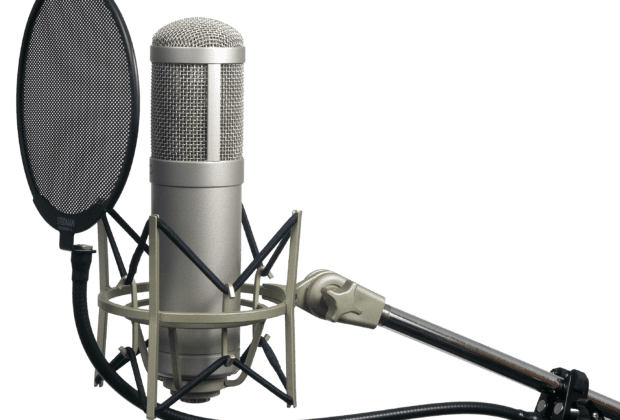Ralph Waldo Emerson famously said, “Build a better mousetrap, and the world will beat a path to your door.” Such is the innovative ethic at Stedman USA, where the goal is to develop top-tier solutions that push the boundaries of recording technology and solve problems others haven’t even begun to address.
Stedman was founded in 1992 when Bill Hannapel began making microphones in his basement. Stedman made the decision to begin phasing out its microphones to start shipping the world’s first patented metal Proscreen pop filters. Up to this point, pop filters were often made from nylon mesh, i.e., “panty hose” on a coat hanger, or other woven fabrics. These pop filters were not able to effectively stop plosive air bursts from a singer without some loss of treble and critical vocal detail. The high frequency loss is due to the absorptive nature of the fabrics, unlike the metal filter.
Stedman pop filters are now an industry standard and can be found in the finest recording studios. Available in eight models, they vary by size, color, and application. Made to the highest possible quality, there are no corners cut with their products. They look sleek and feel robust and durable. Most of their pop filters attach to a microphone stand with a secure clamp. The Proscreen DT101 Desktop Pop Filter has a stand and gooseneck and is suitable for podcast or radio station use where someone is speaking rather than singing.
As anyone that owns an expensive microphone will tell you, another function of a pop filter is to protect the microphone capsule from moisture and dirt. A great microphone should never be used without a pop filter, even though film directors often forego them to keep the talent’s face unobstructed. Servicing a microphone is a highly specialized and rare skill these days, and anything that you can do to protect your microphones is foundational.
The slats in Stedman pop filters are angled to direct the “wind” downwards, so if you are still experiencing plosives hitting your microphone, be mindful that placement is important. You want a little gap in between the pop screen and the microphone, and the angle of the pop filter can also make a big difference. A nice feature that MC noticed is that you can actually see a sheet with lyrics through the pop filter.
According to Stedman Vice-President Scott Dana, “I believe we are the ONLY pop filter manufacturer in the U.S.!” All their parts are sourced as locally as possible, and made in Richland, MI. Stedman products carry a lifetime warranty.
Proscreen Pop Filters range from $49-$89, depending on size and features.














